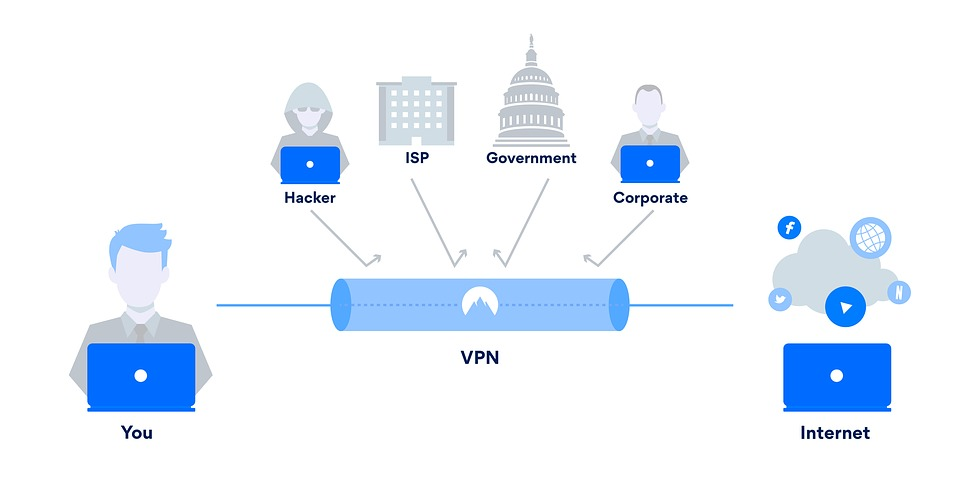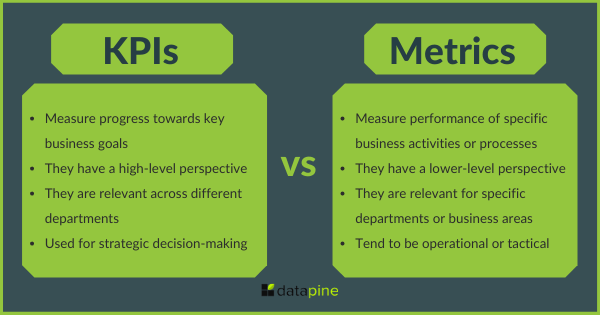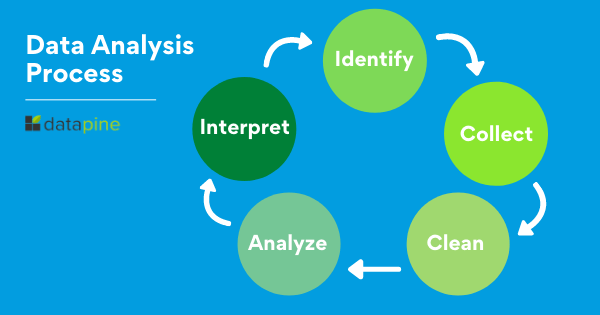As a business owner, you should be concerned with the growth of your organization. Your marketing strategy is vital to your continued growth. Analytics are a powerful window into the effectiveness of that plan.
Facebook analytics are an especially critical element of growth marketing. Your social media strategy is a great way to get your brand out there and engage with members of your target audience. Data obtained through Facebook analytics, Google analytics, or any other SaaS reporting tool can help you refine your customer experience. It allows you to identify trends and define your customer feedback strategy.
Analytic data doesn’t lie, but when human error is factored into the equation, you can create issues that derail your entire data pipeline. That’s why it’s important to watch out for a few specific Facebook analytics data mistakes. This ensures that you’re communicating the information you’ve gathered effectively and taking the right actions to capitalize on what you’ve learned.
In this article, we’re going to explore six Facebook analytics data marketing mistakes that people commonly make. We’ll also explain how you can avoid them.
1. Security Issues
One of the major mistakes companies can make when collecting analytic data from Facebook is not properly protecting the security of their accounts. Cybercrime is a huge issue plaguing the business world, with billions lost to malicious actors every year.
That’s why when collecting and reporting on Facebook analytic data, you must ensure that your team is protecting their account credentials to avoid data breaches.
In order to protect your accounts, ensure that all employees can only access your social media platforms through a central platform or by using a password management system like LastPass.
It’s also a good idea to have your employees use VPNs on work computers when accessing social media platforms that contain sensitive information. These systems allow you to tunnel your Internet connection to a server in another part of the world while using military-grade encryption to keep your browsing information safe.

Source: www.cybersecurity.att.com
Not taking these precautions can be a huge issue that plagues your company for years.
2. Confusing KPIs and Metrics
When gathering analytic data from Facebook, it’s important that you keep your metrics and KPIs in mind and not confuse them with one another. This is true whether you’re using a data center infrastructure or simply accessing this information via the Facebook platform.
Metrics are mostly unfocused numbers that quantify valuable elements for your business. They aren’t necessarily connected to your goals.
KPIs, on the other hand, are completely focused. The acronym stands for Key Performance Indicator, and it’s a series of figures that are vital to your overall success or failure.

Source: www.datapine.com
Something like image likes would be a metric. If the number of your image likes drops drastically, it might be worth looking into, but it’s not a figure that will tank your entire marketing strategy. However, click-throughs, conversions, and overall Facebook engagement levels are KPIs for most businesses. If you’re getting no conversions, then there’s clearly something very wrong with your marketing strategy, and you’ll have to figure out what’s happening and how you can course correct it quickly.
When generating Facebook analytic reports, make sure that you’re listing the metrics directly related to your Key Performance Indicators. Don’t waste time clogging up reports with metrics that don’t correlate to your overall success or failure. If you still want to include these metrics in the report, consider adding them at the very end.
3. Adding Too Much Broad Data
Your Facebook analytic reports should be focused and targeted, hammering down to the very core of the matter and presenting actionable insights that matter to your organization. To that end, you want to make sure that when you’re running campaigns, they’re targeted.
Facebook presents you with several tools that can help you target specific audience segments. You can target people based on factors like:
- Age
- Gender
- Geographic area
- Interests
- Likes
- Search history
- Buying preferences.
You should already have your audience segmented, creating various buyer personas describing the different demographics you serve. When compiling your Facebook analytics metrics, you need to consider these segments.
It would be a mistake to lump all your conversions into one and just present that as a measurement of your success. Instead, boil down the actions people have taken when interacting with your Facebook ads, posts, and social media presence. Which segments of your audience responded the most? How profitable are those interactions? Are there any underrepresented segments? What more can be done to target them effectively?
Your report should be highly specific. Avoid sweeping generalizations and dig deep into who is generating conversions for you and how that can be improved in the future.
4. Taking Action Before Fully Analyzing Data
When you get your Facebook analytic data, it’s easy to get excited or scared. You might look at the numbers and immediately make a snap decision, altering your social media marketing plans to chase some new insight.
But data needs to be properly analyzed before any action is taken. Suppose you’re pivoting your plans multiple times per week because the data shows that your last big strategy isn’t generating immediate results. In that case, you might be cutting the legs off of potential long-term marketing success.
Sharpen your focus and let plans play out fully before making harsh decisions that could come back to haunt you.

Source: www.datapine.com
If you look at a failed strategy and just say to yourself “well that didn’t work, let’s move on,” you’re doing a disservice to your business. Instead of saying something failed and trying something new, ask yourself why that specific strategy failed. By understanding what didn’t resonate with your audience, you can better determine what needs to be done in the future. Perhaps that strategy was a solid one, but something about your execution failed.
In that case, a few simple tweaks to your rollout could spell the difference between success and failure.
5. Waiting too Long to Take Action
While acting too fast can be problematic, the opposite is also true. You can’t sit around on your data, waiting to take action.
If you analyze your data for an overly long period, eventually, those insights will become irrelevant. Often, this happens because marketers are watching the numbers hoping they’ll change on their own. While this might happen sometimes, things will rarely turn around completely when no action is taken.
Also, markets tend to shift, and if you are just sitting around on actionable data, the market may be completely different when you finally decide to take action.
One way to avoid this issue is to consult marketing reports for your industry. This will help you apply actual data science to your results and determine why certain actions are resonating or not resonating with your audience.
That’s why using an insights tool like Sotrender can be so beneficial. It can help you analyze your data quickly and efficiently, so that you can take action at the opportune time.
6. Forgetting the Human Element of Marketing
As you gather data, remember that marketing isn’t all numbers and graphs. There’s an important human element that can’t be ignored. When you’re looking at the numbers that come in through your Facebook analytics, it’s easy to forget that these actions are taken by real human beings with emotional connections to the businesses they frequent.
They’re not just robots who take specific actions based on algorithms. That’s why you always need to look beyond the numbers you compile to focus on the human element of marketing. Take a look at your data and derive insights from it. You can then associate what you’ve learned with your instincts as a marketer, your knowledge of the industry, and the human emotions associated with it all.
Think about the pain points your customers have. Whether they’ve clicked on your ads or just saw them without taking action, there’s a reason behind what they’ve done. You have to figure that reason out and base your actions on it. Marketing is about human psychology as much as cold hard data. Don’t forget that when compiling and analyzing your Facebook analytic data.
Conclusion
Facebook can be a huge source of data, and if you can compile that data correctly, you’ll be able to generate insights and take actions that will benefit your business for years to come.
But in order to do that, you have to avoid certain common mistakes that plague social media marketers worldwide.
These mistakes include:
- Not taking security measures that can protect your sensitive data.
- Confusing your KPIs and metrics.
- Adding too much broad or unfocused data.
- Taking action before fully analyzing your data.
- Waiting too long to take action.
- Forgetting the human element of marketing and going off of numbers alone.
When gathering your research, you can generate greater insights by using Sotrender to analyze and optimize all of your data and avoid these mistakes altogether. Click here to create your account and start a free trial.







